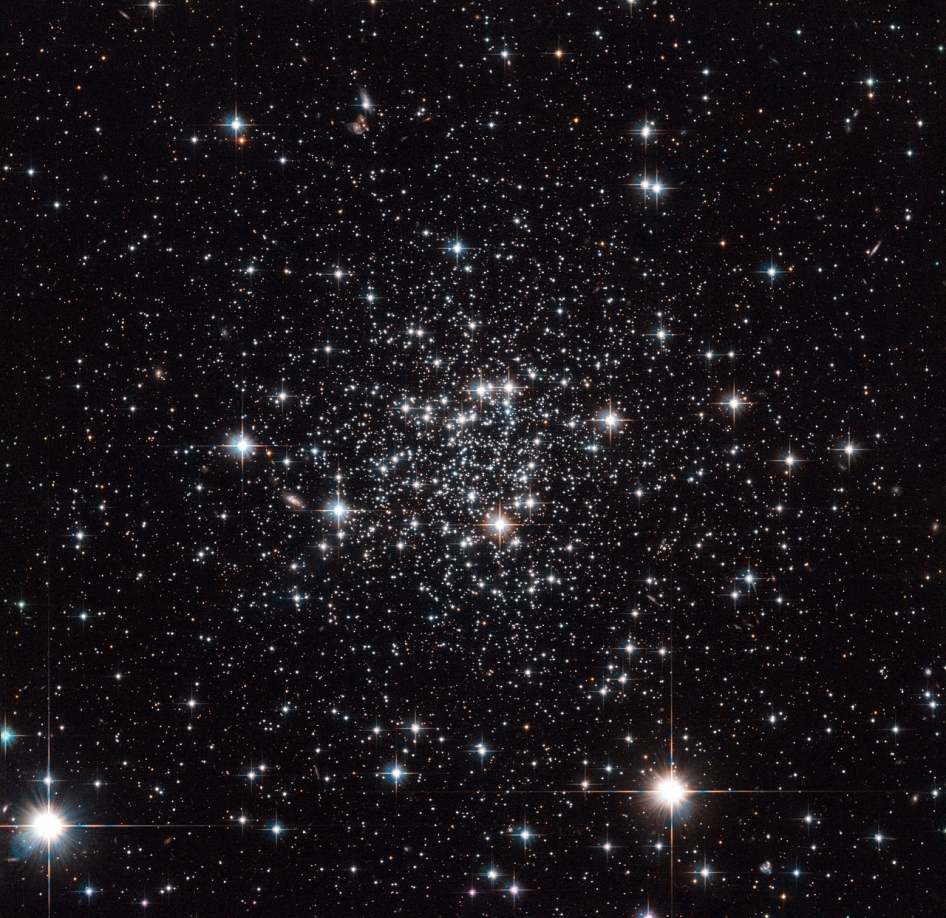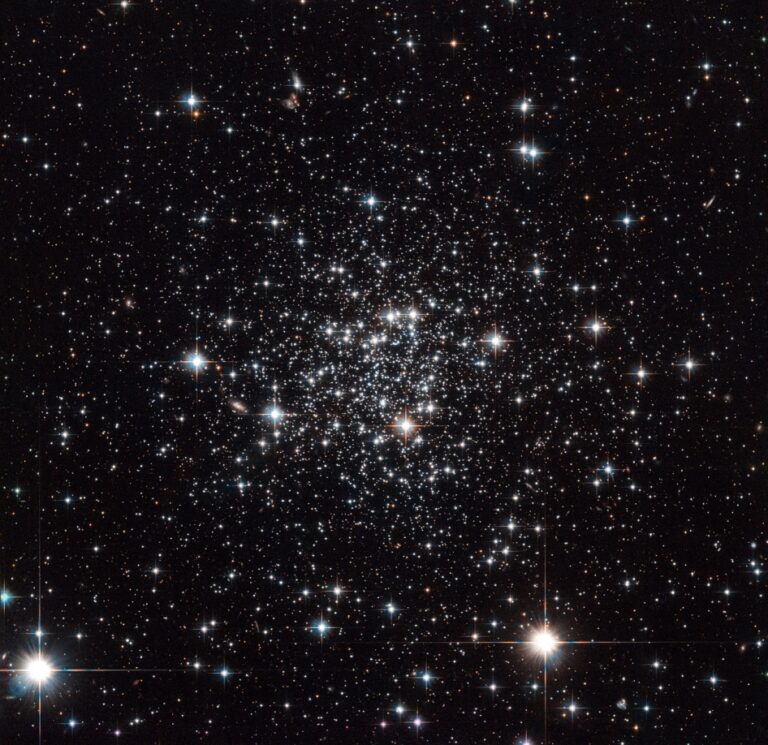Picture: Hubble Observes Terzan 7
Terzan 7, a globular cluster named after its discoverer Agop Terzan, is a tightly packed collection of stars held together by gravity. Situated on the opposite side of our galaxy, the Milky Way, it is located approximately 75,000 light-years away. Unlike other observed clusters, Terzan 7 possesses unique characteristics that captivate astronomers, making it an intriguing subject of study.
Evidence indicates that Terzan 7 was originally part of a small galaxy known as the Sagittarius Dwarf Galaxy, which was identified in 1994. Presently, this galaxy is undergoing a collision with and assimilation into the massive Milky Way. Consequently, Terzan 7 has already been snatched from its former abode and is now integrated into our own galaxy.

Recent astronomical findings have revealed that all the stars within Terzan 7 were born nearly eight billion years ago, during the same period. This is remarkably young for a cluster of this nature. The shared birthdate is an uncommon attribute, as numerous globular clusters, both within the Milky Way and other galaxies, typically exhibit two distinct generations of stars that were born at different times.
Various explanations have been proposed to account for this phenomenon. Some suggest that clusters forming within dwarf galaxies possess a distinct composition, setting them apart. Others propose that clusters like Terzan 7 may only possess sufficient material to generate a single batch of stars, or that its youthful nature has hindered the formation of subsequent generations.
This article is republished from PhysORG under a Creative Commons license. Read the original article.
Do not forget to share your opinion with us to provide you with the best posts !




0 Comments